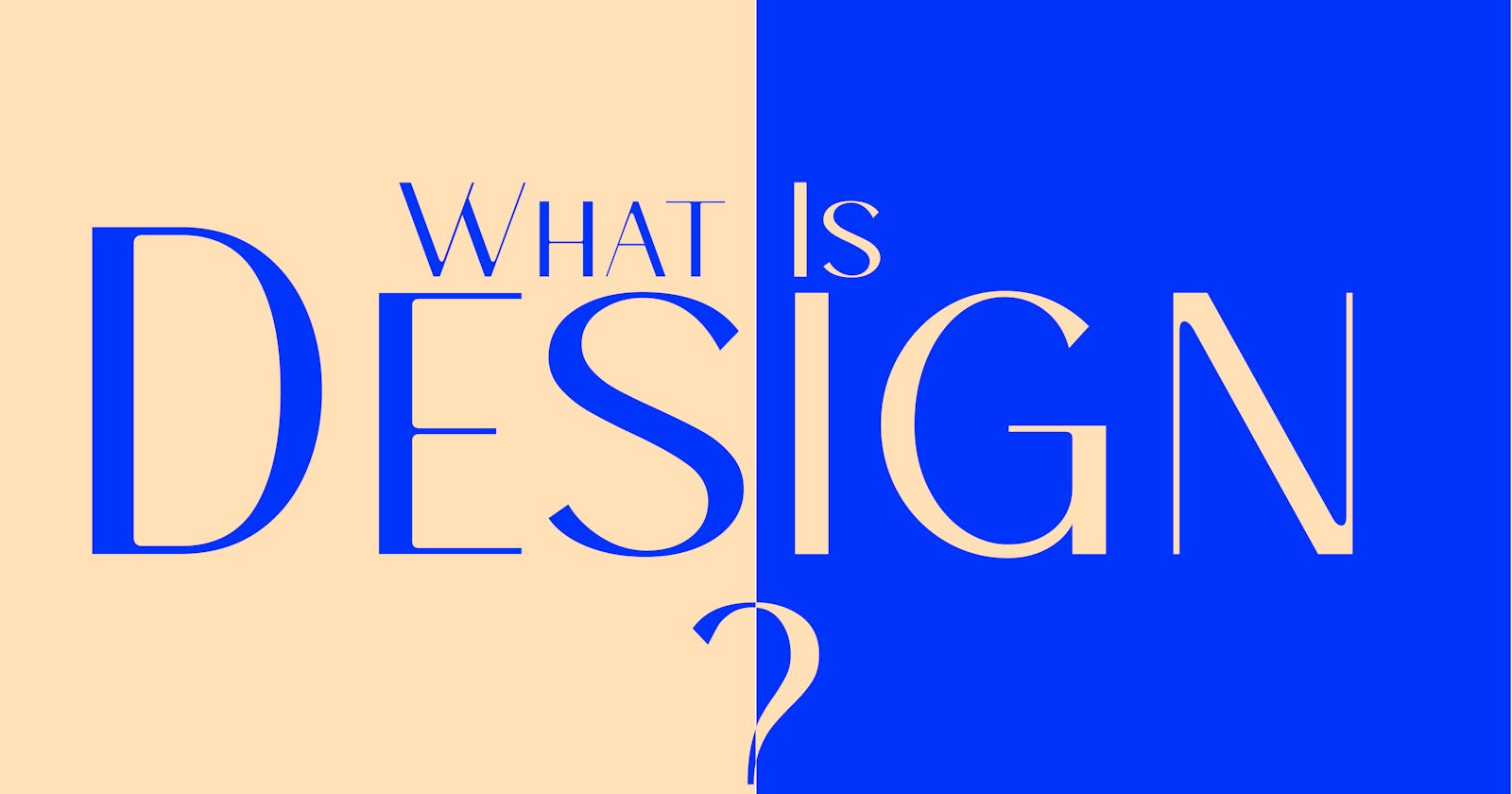Explaining the design concept to laymen has often been tasking as it tends to be misunderstood as the process of making something (in our case, a product) look pretty. Even in the technology-inclined community, expanding design into various roles brings up confusion.
Design for each company has over time spread into numerous specializations that fit into the design role at large and these roles have delved into other broad domains such as marketing, industrial design, architecture, etc.
In respect of this, user experience differs from organization to organization. Simply put, some companies' design teams would be shallow compared to others due to the kind of service they render and this defines the understanding of what design is for each company, organization, or team.
Design has evolved due to varying interpretations of design roles and is no longer limited to just creating looks for products, it is now seen to influence a user's experience of a company's product and their perception of the company's brand.
Design now implements user engagement by evoking feelings of the user, and not just stability of a company's product. Giving the users a delightful experience while using the product.
Purposeful designing

Design combines the looks, usability, and delight in usage of a product into purposefulness, thereby giving meaning to the product, giving a reason for continuous interactions with the product.
The purpose of design is important to business as it is the core that design revolves around and carries the mission, vision, and strategy of the organization. This determines the success of the organization. The purpose however is to solve problems with or designs.
Design is not a stage of a project, rather it is a cycle, a never-ending cycle. There is a misconception that design is a stage when sketches of an interface layout are drawn, but it isn't. Design starts from the point of ideation of a product and ends when the product ends, which is never.
In summary, design is when looks, usability, and delight come together to meet a purpose of solving a problem, hence is strictly guided by a non-extremity rule as a tilt to one side, the product becomes dysfunctional and empty.
